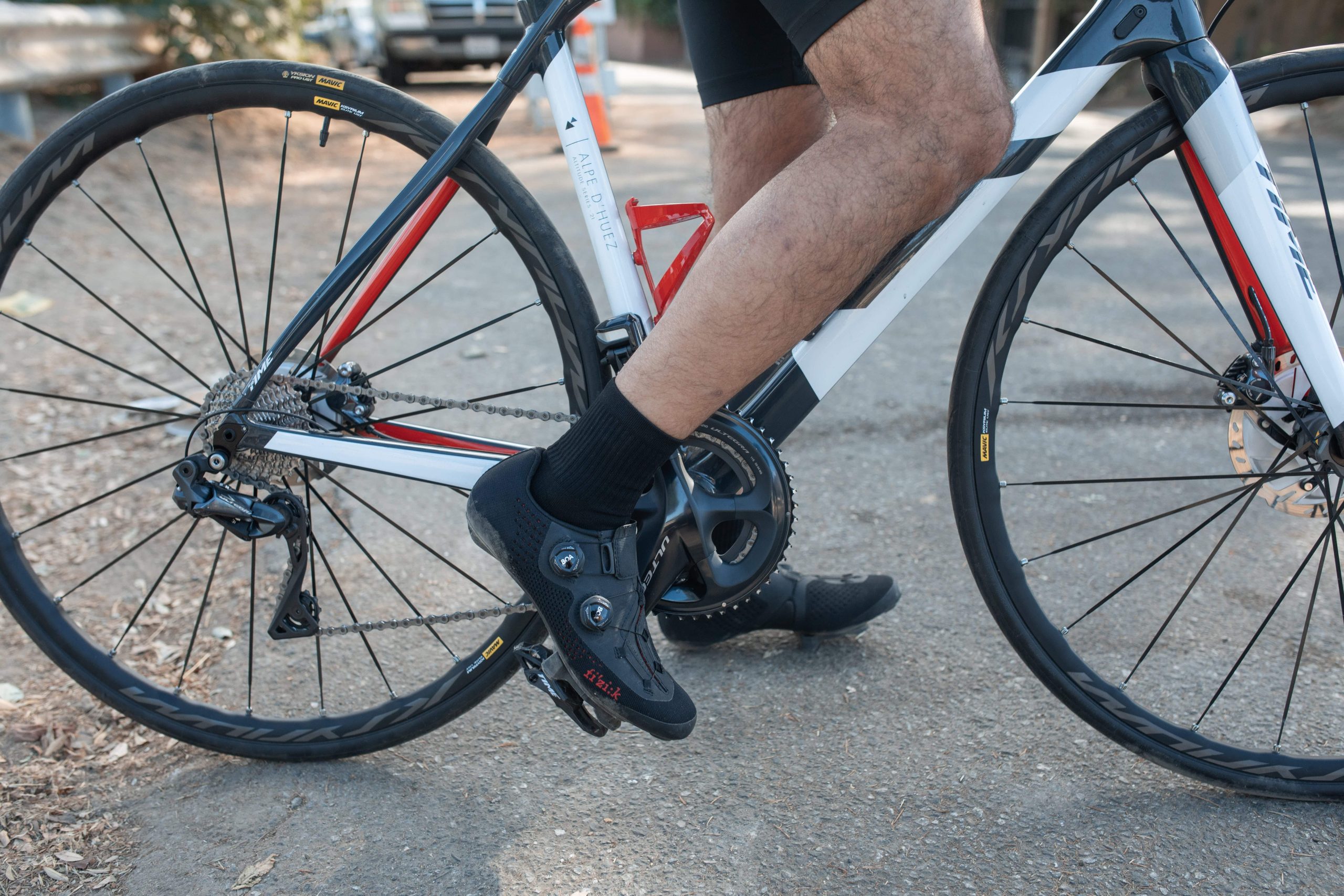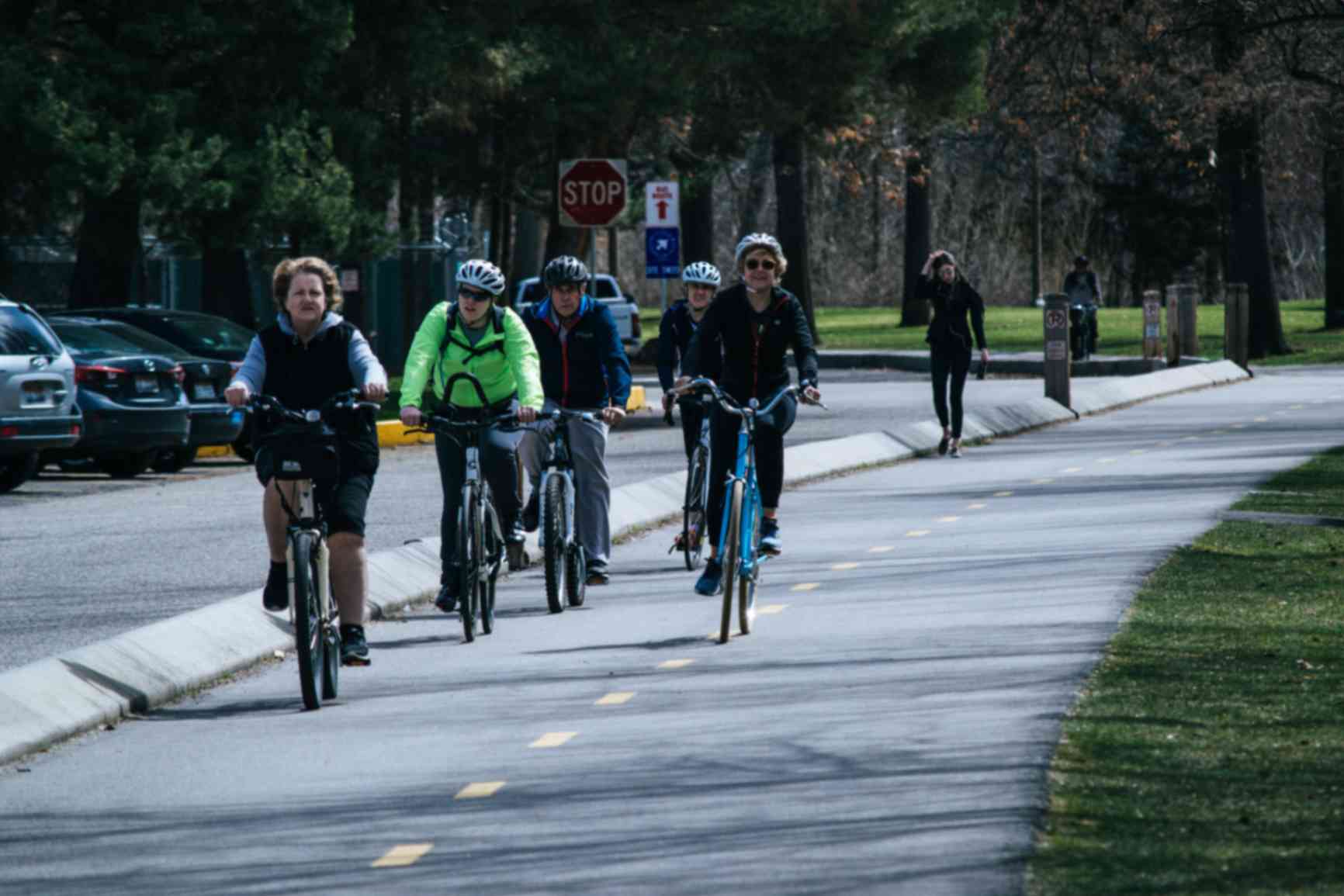Pedaling to Health! If you’re someone who loves to cycle or is on a journey to boost your fitness levels but grapples with knee concerns, you’ve landed in the right place. This article is your guide to unraveling the mysteries of how cycling impacts knee health. We’ll delve into the positive aspects that make cycling a potentially knee-friendly exercise, as well as the pitfalls you should be aware of. Whether you’re a seasoned cyclist or just starting out, our goal is to equip you with the knowledge to pedal your way to a healthier set of knees. So, is riding a bike good for your knees? Let’s find out together as we explore the benefits, risks, and essential tips for safe and effective cycling.
The Benefits of Cycling for Knee Health
1. Low Impact Exercise:
One of the standout advantages of cycling for knee health lies in its low-impact nature. Unlike high-impact activities such as running, where the knees bear a substantial load, cycling places minimal stress on the joints. The circular motion of pedaling allows for a smooth and controlled movement, making it an ideal choice for those seeking an effective workout without subjecting their knees to undue strain.
2. Builds Strength and Flexibility:
Cycling is not just a cardio workout; it’s also an excellent way to build strength and flexibility in the muscles surrounding the knee joint. As you pedal, your quadriceps, hamstrings, and calf muscles engage, providing a comprehensive lower body workout. This muscle engagement helps stabilize the knee joint, reducing the risk of injury and enhancing overall joint function.
3. Reduces Inflammation:
Regular cycling can contribute to a reduction in inflammation, a common factor in knee pain and discomfort. The rhythmic motion of pedaling stimulates blood flow, promoting better circulation to the joints. Increased blood flow helps flush out inflammatory substances and facilitates the delivery of essential nutrients to the knee, potentially aiding in the management of inflammation and associated discomfort.
Buy Garneau Knee Warmer 2: Pair Black XS for $39.99 at The Local Bike Shop
The Risks of Cycling for Knee Health
1. Overuse Injuries:
While cycling is generally considered a low-impact exercise, overuse can still pose a risk. Pushing yourself too hard, increasing intensity too quickly, or neglecting proper rest periods may lead to overuse injuries. Conditions like patellofemoral pain syndrome or IT band syndrome can develop when the knee is subjected to repetitive stress without adequate recovery. It’s crucial to listen to your body and gradually increase the intensity of your rides to avoid overuse injuries.
2. Incorrect Bike Fit:
A poorly fitted bike is a recipe for knee troubles. A saddle too high or too low, incorrect pedal positioning, or handlebars at the wrong height can all contribute to knee strain. Ensuring that your bike is properly adjusted to your body’s proportions is essential. Seeking professional guidance or doing thorough research on bike fit can make a significant difference in preventing discomfort and injury.
3. Traumatic Injuries:
While less common, traumatic injuries from cycling accidents can have severe consequences for the knees. Falls or collisions can result in sprains, fractures, or other injuries that impact the knee joint. Wearing protective gear, obeying traffic rules, and staying vigilant on the road are crucial aspects of minimizing the risk of traumatic injuries associated with cycling.
In the following sections, we’ll dive deeper into essential tips for safe and effective cycling to maximize the benefits while minimizing the risks. So, stay tuned as we pedal through the intricacies of maintaining happy and healthy knees on your cycling journey.
Tips for Safe and Effective Riding
1. Proper Bike Fit:
Begin your journey to knee-friendly cycling by ensuring that your bike fits you correctly. Consult with a professional at a local bike shop to adjust the saddle height, handlebar position, and pedal alignment according to your body’s specifications. A well-fitted bike promotes a more natural and comfortable riding posture, reducing the risk of undue stress on your knees.
2. Gradual Increase in Intensity:
Avoid the temptation to push your limits too quickly. Gradually increase the intensity and duration of your rides to allow your body, especially your knees, to adapt to the demands of cycling. Sudden spikes in activity can lead to overuse injuries, so listen to your body and progress at a pace that feels comfortable for you.
3. Stretching and Strengthening Exercises:
Incorporate stretching and strengthening exercises into your routine to support knee health. Focus on exercises that target the muscles surrounding the knee, such as quadriceps, hamstrings, and calf muscles. Stretching helps maintain flexibility, while strengthening exercises contribute to better joint stability, reducing the likelihood of injuries.
4. Use of Knee Braces and Supports:
If you have pre-existing knee issues or are recovering from an injury, consider using knee braces or supports. These can provide additional stability and compression, aiding in the prevention of further injuries. Consult with a healthcare professional to determine the most suitable type of support for your specific needs.
5. Rest and Recovery:
Rest is a critical component of any exercise routine. Give your body, especially your knees, the time it needs to recover between rides. Overtraining can lead to fatigue and increase the risk of injuries. Listen to your body’s signals, and don’t hesitate to take rest days when needed.
Preventing Knee Injuries While Cycling
1. Warmup and Cooldown Exercises:
Prioritize warming up before each ride with light aerobic exercises and dynamic stretches. This helps increase blood flow to the muscles and prepares your body for the demands of cycling. Similarly, conclude your ride with a cooldown that includes static stretches to enhance flexibility and promote recovery.
2. Proper Technique and Form:
Maintain proper cycling technique and form throughout your rides. Pay attention to your pedal stroke, avoiding excessive force on the pedals. Keep your knees aligned with your feet and maintain a smooth, controlled motion. A good posture and pedaling technique can go a long way in preventing unnecessary stress on your knee joints.
3. Avoiding Sudden Movements:
Minimize sudden movements or rapid changes in speed, especially during climbs or descents. Sudden and jerky motions can place additional stress on your knees. Instead, focus on smooth transitions and controlled movements to protect your joints.
4. Proper Nutrition and Hydration:
Fuel your body with a well-balanced diet to provide the necessary nutrients for joint health. Stay hydrated to ensure your joints are adequately lubricated. Proper nutrition and hydration play a crucial role in supporting overall joint function and minimizing the risk of injuries.
In the upcoming sections of this series, we’ll delve deeper into specific exercises, stretches, and additional precautions to keep your knees in top-notch condition as you embrace the joy of cycling. So, saddle up and join us on this journey toward healthier, happier knees!
Strengthening and Stretching for Happy Knees
1. Quadriceps Strengthening:
Include exercises that target the quadriceps, such as leg presses and squats, to build strength around the knee joint. Strengthening the quadriceps helps stabilize the patella (kneecap) and reduces the risk of issues like patellofemoral pain syndrome.
2. Hamstring Strengthening:
Balance your leg muscles by incorporating hamstring exercises like leg curls. Strong hamstrings play a crucial role in supporting the knee joint and preventing imbalances that could lead to injuries.
3. Calf Stretches:
Perform regular calf stretches to maintain flexibility. Tight calf muscles can contribute to knee discomfort, so incorporating stretches like downward dog or standing calf stretches can be beneficial.
4. IT Band Stretching:
The iliotibial (IT) band runs along the outside of the thigh and can cause knee pain if tight. Utilize stretches targeting the IT band, such as the IT band stretch or foam rolling, to keep this connective tissue supple.
5. Low-Impact Cross-Training:
Consider incorporating low-impact cross-training activities, such as swimming or elliptical workouts, into your routine. This diversification reduces the repetitive stress on the knees associated with cycling while maintaining cardiovascular fitness.
Additional Precautions for Knee-Friendly Cycling
1. Regular Bike Maintenance:
Ensure your bike is in good condition by regularly checking and maintaining it. Faulty brakes, misaligned wheels, or a loose chain can contribute to accidents and increase the risk of traumatic knee injuries.
2. Listen to Your Body:
Pay attention to any signs of discomfort or pain during and after your rides. If you experience persistent knee pain, it’s crucial to address it promptly. Ignoring pain can lead to more severe issues down the road.
3. Professional Guidance:
Consider seeking advice from a professional, such as a physical therapist or a certified bike fitting expert. They can provide personalized guidance based on your specific biomechanics and help you make adjustments to enhance your riding experience.
4. Cross-Training and Rest Days:
Incorporate rest days into your routine to allow your body, including your knees, to recover. Use these days for gentle stretching or activities like yoga to maintain flexibility and promote overall joint health.
By combining these strengthening exercises, stretching routines, and additional precautions, you can create a comprehensive approach to safeguarding your knees while enjoying the many benefits of cycling. Stay tuned for the next installment, where we’ll explore the role of nutrition in supporting knee health and maintaining peak performance on your bike. Happy cycling!










